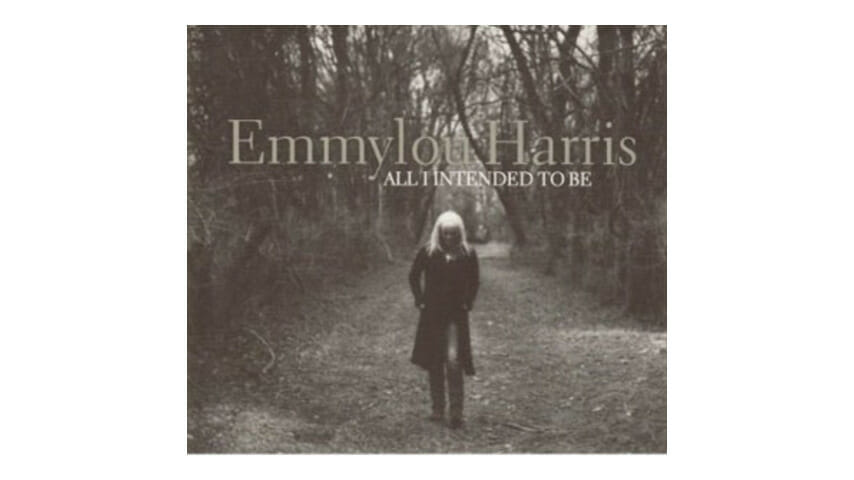Emmylou Harris: All I Intended to Be

The 1995 album Wrecking Ball towers as the Mount Everest of Emmylou Harris’ recording career. Before that, she was a very hip country neo-traditionalist—like Dwight Yoakam—with a connoisseur’s taste in folk music and rock ‘n’ roll, thanks to her internship with Gram Parsons. Following it, she was a white-haired pop goddess.
Surrounded by Daniel Lanois’ cosmic wash of a rock production, singing ethereally as if wandering through a David Lynch-directed dream, she established a hierarchy of our greatest living singer-songwriters (plus Jimi Hendrix) by whom she chose to cover.
Harris has been amazingly prolific since Wrecking Ball, especially singing with others or as part of multi-artist projects. But she’s been cautious about solo albums with new studio material; All I Intended To Be is just her third major-label effort in that vein, following Red Dirt Girl and Stumble Into Grace.
-

-

-

-

-

-

-

-

-

-

-

-

-

-

-

-

-

-

-

-

-

-

-

-

-

-

-

-

-

-

-

-

-

-

-

-

-

-

-

-








































